GCSE Photography
Curriculum overview for GCSE Art and Design - Photography
Curriculum intent – the knowledge, understanding and skills that students will learn
During the GCSE Photography course, students will learn how to organise and be responsible for their personal digital documents, storage of photographic images, PowerPoint organisation and presentation skills. They will understand the importance of the photography equipment, rules and correct pack in and pack out procedures and will learn routines through repetitive practice in every lesson. Students will learn how to use time and space in lessons and at home for creative thinking because they are expected to capture photographs as a class, in groups or independently around school or at home and to display professional behaviour when shooting on location. During the GCSE Photography course, students will develop ideas, knowledge and understanding of art and design in historical and contemporary contexts, societies and cultures through investigations, as well as demonstration of critical understanding of sources. They will refine their work by exploring ideas, selecting and experimenting with appropriate media, materials, techniques and processes and will inform their creative intentions through purposeful engagement with visual language, visual concepts, media, materials and the application of appropriate techniques and working methods. They will develop techniques for recording ideas, observations and insights relevant to their intentions as work progresses, including visual language to communicate responses, written analysis and planning. Finally, they will be able to present outcomes that demonstrate the visual language of camera skills.
Curriculum implementation – teaching, learning and assessment strategies
The delivery of the GCSE Photography course is teacher-led and demonstrations are provided for every aspect of the learning required. Students work in groups of two or three people, thereby encouraging continuous peer feedback and support. There are rigorous safety and equipment checks at the start and end of every lesson. Reading skills are developed through class reading, as well as through assessing written work and evaluations by peers. Contextual comprehension tasks are designed to target relevant course content and key words. Students are required to record ideas, observations and insights relevant to their intentions as work progresses and re-read their texts to redraft their writing and expression. Contextual study is set as home learning and students discuss their findings in the next lesson and have time to redraft and improve their work. They use assessment objectives from the start of the course in order to familiarise themselves with the exam board standards. They learn to write, spell and use key words linked to the topic or unit of work, as well as command words for examination questions.
Curriculum impact – intended outcomes for students
As a result of developing the specific skills, knowledge and understanding required for GCSE Photography, students will be ready to transfer these skills to the study of A Level Photography.
Course overview for GCSE Art and Design: Photography
Exam board: AQA https://www.aqa.org.uk/subjects/art-and-design/gcse/art-and-design-8201-8206
Coursework: Yes - On-going assessment
Component 1
Internal assessment
Window for assessment: September - December
Component 2
External assessment
Window for assessment: January - April
External moderator to mark moderation
Component 1: Coursework - Portfolio
60% of the qualification
Each student must select and present a portfolio representative of their course of study. The contents of the Portfolio will include students’ development of responses to initial starting points, project briefs or specified tasks and realise intentions informed by research, the development and refinement of ideas and meaningful engagement with selected sources. Responses will include evidence of drawing for different purposes and needs and written annotation.
Component 2: End of course examination - Externally set assignment
40% of the qualification
Preparatory Period / 10 hour supervised exam time
Students respond to a starting point provided by AQA. This response provides evidence of the student’s ability to work independently within specified time constraints, realise intentions that are personal and meaningful and explicitly address the requirements of all four assessment objectives.
